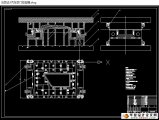汽车后门的成型工艺与模具设计(含CAD图,PROE三维)(任务书,开题报告,外文翻译,论文说明书11000字,CAD图纸5张,PROE三维图)
摘 要
模具工业是汽车工业发展的基础,在“车型设计-模具设计与调试-汽车批量生产”的整个周期中,汽车覆盖件模具因体积大、工作型面复杂、加工精度高设计和制造周期长,已成为开发新车型的“瓶颈”环节。
汽车覆盖件模具是汽车车身生产的重要工艺装备,其设计主要包括几个环节:1.型面设计; 2.结构设计。
汽车覆盖件模具结构复杂,组成零件数量众多,采用传统建模方法,工作量大,效率低。对汽车覆盖件模具的结构进行分析可以发现虽然结构复杂,但大多数是标准件和典型件,零件设计过程相似程度高。
关键词:汽车覆盖件;模具结构;传统建模
Stamping model design of automobile door
Abstract
Mold industry the development of automobile industry is based on "model design, mold design and debug the whole car batch production cycle, die because of large size, working face complex, high machining accuracy, design and manufacturing cycle is long, has become the development new car "bottleneck" link. After.
The mold production of Automotive panel is an important technology and equipment, the design includes several parts: (1) type design after, (2) structure design.
Automotive panel die structure complex, composed of the large number of parts, using the traditional modeling methods, heavy workload, low efficiency. To die structure analysis can be found that although complex structures, but most are standard and typical parts design process, high degree of similarity.
Keywords:Automotive panel; Mold Construction; Traditional modeling
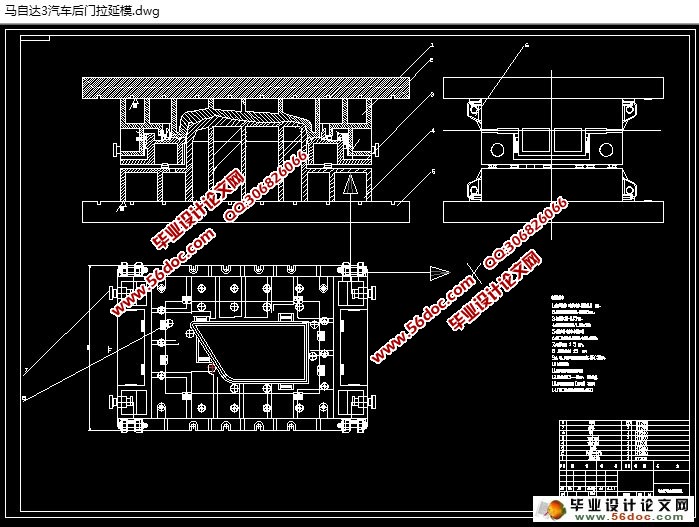
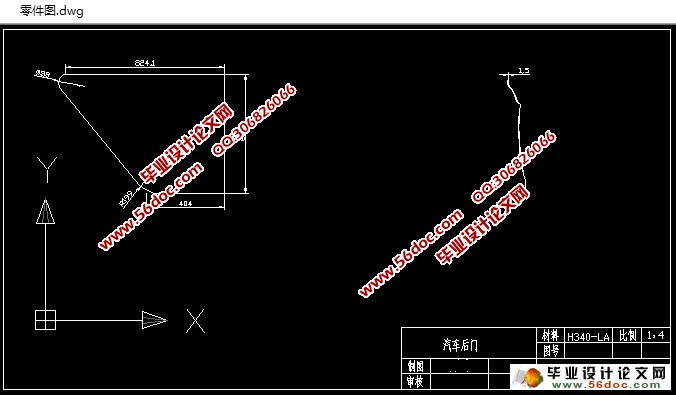
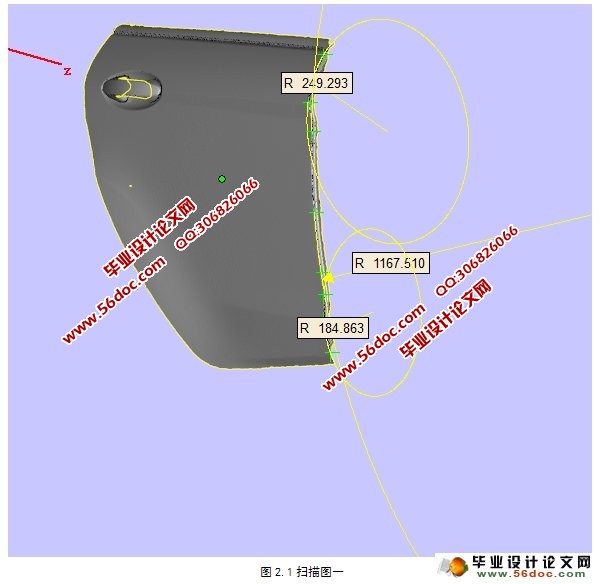
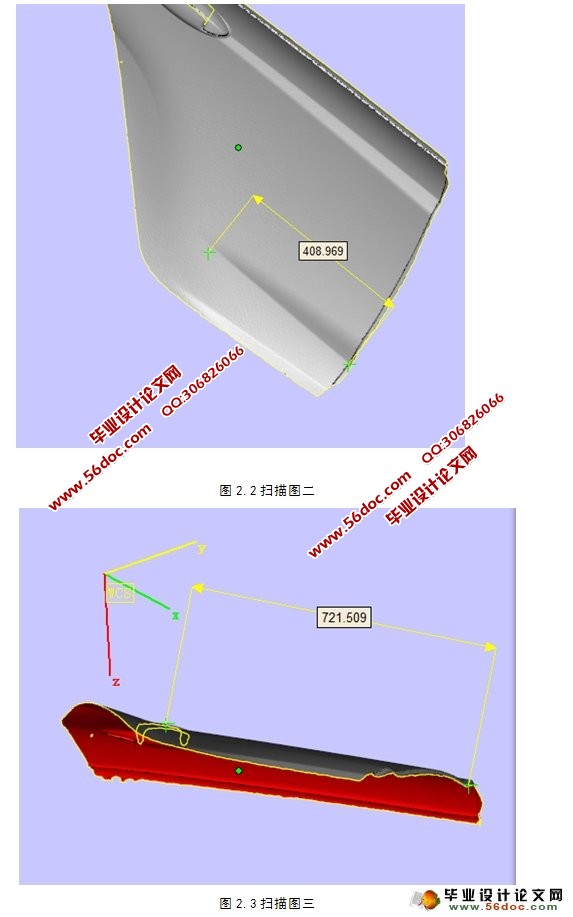

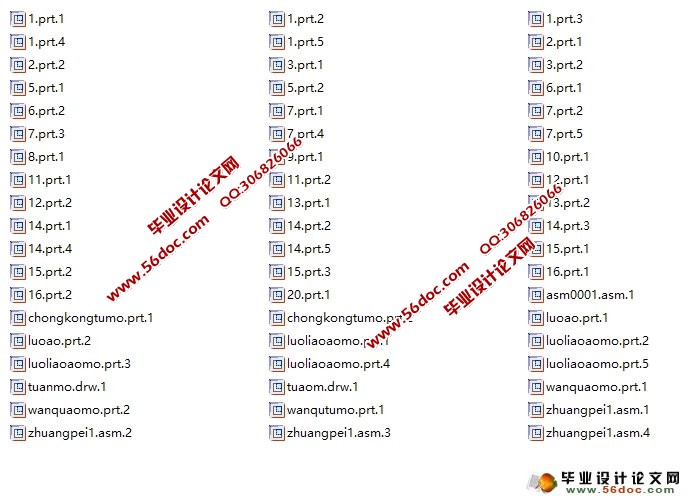
目录
摘 要 III
Abstract IV
1绪 论 1
2 工件尺寸的测量 3
2.1 三维扫描仪数据处理 3
3 工件的工艺分析及方案的确定 5
3.1 冲裁件的材料分析 5
3.2冲裁件材料的选用 6
3.3 工艺补充部分 6
3.4 冲压工艺方案的确定 7
3.5冲裁工艺分析 8
3.5.2 冲裁工艺设计计算 8
3.6 成型工艺的分析 10
4 工艺尺寸的计算 12
4.1计算毛坯尺寸 12
4.2搭边和料宽 12
4.3材料利用率的计算 13
4.4工艺力的计算 13
4.5压力中心的确定 14
5 冲压设备的选择 16
5.1冲压设备规格的选择 16
6 拉延模零件的设计 17
6.1主要数据的计算 17
6.2 凸模结构的设计和材料的选用 17
6.3 凹模的设计 18
6.4 导向零件的选择 19
6.5 拉伸筋的设计 20
6.6废料刀的设计 20
7 模具总体结构的设计 22
7.1模具类型的选择 22
7.2模具闭合高度的校核 22
7.3 毛坯的送进方式 22
7.4 制件的顶出 22
7.5制件的取出 23
8 其它零件的选择 24
8.1吊耳的设计 24
8.2平衡块的设计 24
8.3 压板槽结构的设计 24
总 结 25
参考文献 26
致 谢 27
|
